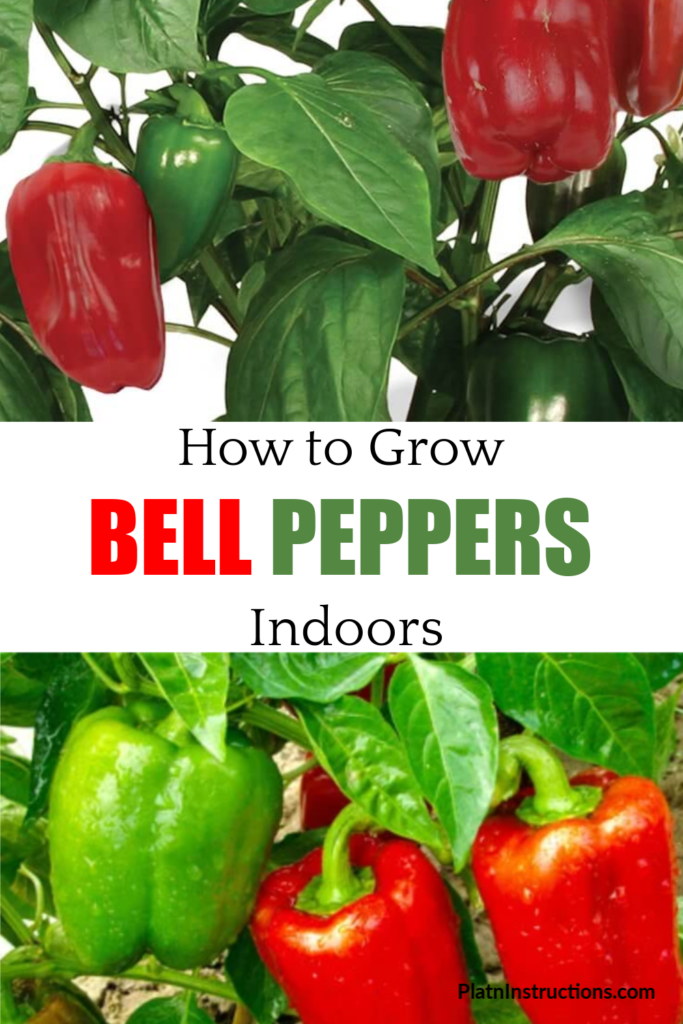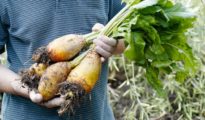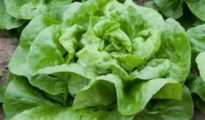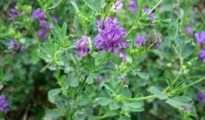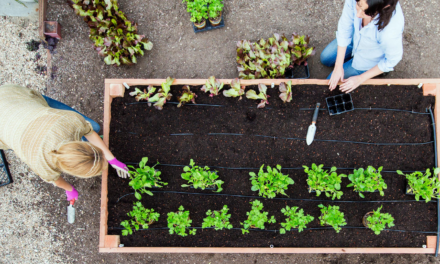Indoor planting is really popular, especially during the cold season where you have to take some of your crops inside or protect them from the cold and snow. Today we will give you some tips for growing peppers indoors so you can enjoy fresh peppers during this cold season and the rest of the year!
Peppers or Capsicum are a genus plant in the solanaceae family. Native to the Americas, with lots of different species that go from bell peppers (sweet peppers) to chili peppers (spicy varieties). Peppers have been cultivated worldwide throughout the years and have become a favorite in many cuisines.
Whether you choose to grow bell peppers, chili peppers, ghost peppers or any other variety for that matter, these tips and tricks will help you achieve a perfect pepper plant indoor!
11 Tricks and Tips for Growing Peppers Indoors
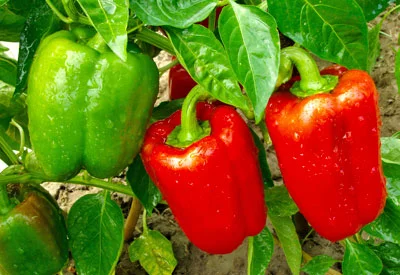
#1. Choose Small Pepper Varieties
Before you start to grow peppers indoors, keep in mind that they will not grow as big as the ones planted outdoors, so the smaller varieties will actually grow better. Choose varieties like cayenne peppers, habanero, Thai peppers, chiltepins, pequins, and other small ornamental varieties.
#2. Give Them Enough Space
Just like growing peppers outdoors, peppers planted in containers will need the same amount of space. Do not plant more than 1 plant per container and always make sure the pot is big enough for their roots to grow successfully. A 7 centimeter (3 inch) pot will do just great.
#3. Give Them Lots of Sunlight
Pepper plants love warmth, and therefore where you place your potted plant, is crucial. Pepper plants need at least 6-8 hours of sunlight, so be sure to place them in a west or south-facing window.
During winter, the weather might not help you or your peppers, but you can always use artificial light or grow lights. An 80F during the day and 70F during the night temperature is what most peppers like.
#4. Plant Several Seeds Together
I know we already said to not grow more than 1 plant per container, but when it comes to preparing the seeds, this doesn’t apply.
Purchase a seed starter and fill it with a good starting mix. Place 2-3 pepper seeds onto the seed starter with soil. Even if some of the seeds don’t germinate at least one will with this method. Then, cover the seeds with a layer of compost or potting soil.
#5. Separate the Seedlings or Trim the Weaker
After the seeds germinate, seedlings will grow and this is your chance to choose whether you want to trim the weaker seedlings or separate them to grow several plants.
If you decide to trim off the weaker seedling, find the healthiest and larget seedling with more leaf growth, taller stem, and fuller leaves. That seedling will be your plant and you can remove the others, trimming them at soil level, or you can simply pinch them off.
You can always separate the seedlings into different pots. This way you will have not only one, but several pepper plants!
#6. Use the Right Soil
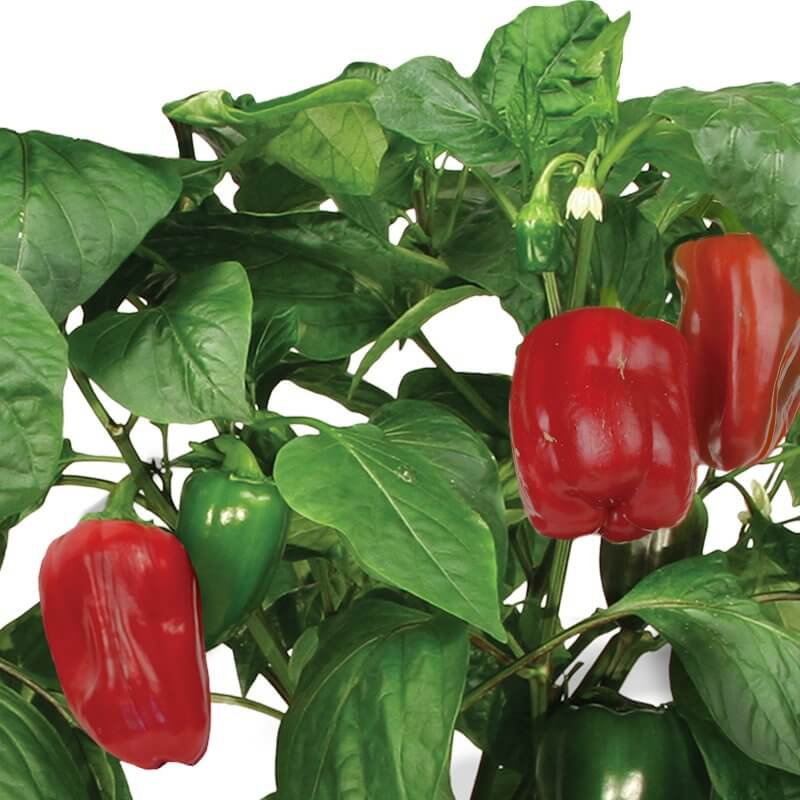
The soil that you choose is always important, especially when it comes to peppers. Most peppers like rich, loamy and well-draining soil, but also be sure to check the instructions on the seeds packet – different varieties of peppers thrive in different varieties of soil.
You should avoid adding too much nitrogen since this will make your leaf growth more, and give you less peppers. Amend your soil with one layer of compost to make it rich and test the pH level. The pH level of your soil should be between 6.0 to 6.5.
#7. Water Properly and Mulch
You should water your pepper plant to receive at least an inch of water a week. If you plant during summer or your area is hot, keep an eye on it since the plants during this periods can take a gallon of water a day.
Always choose a pot with good draining holes to make watering more easy. You should add a layer of mulch to help retain moisture and keep the soil temperature warm and nice.
#8. Stake if Needed
If your pepper plant grows big and heavy, staking them will prevent them from bending or braking. Place two stakes around the stem and two them with a soft strip. Your pepper plants can easily break if they produce lots of fruits or grow too tall.
#9. Remove Early Blossoms
Pinching off any early blossoms won't damage your plants, but instead will make them concentrate all their energy into growing lots of large fruit. So pinch off any early blossoms you see!
#10. Feed Pepper Plants to Promote Healthy Growth
Fertilizers are a gardener's best friend! For sweet indoor pepper, the best fertilizer to use is a balanced fertilizer such as 15-15-15. For hot peppers, a 2-2-2 or 10-10-10 fertilizer will be perfect.
A concentrated liquid fertilizer or kelp and fish emulsion is also a good option for most plants. Fertilizer should be applied every two weeks. Remember that during winter time, the plants are dormant so only fertilize once a month or none depending on the variety. You can resume normal feeding once the plants go back into an active growing phase.
#11. Harvest Properly
Depending on the variety, you should harvest your peppers when they reach maturity. For bell peppers, if you want the less sweet taste, harvest them at their immature stage, and for a more sweet taste, harvest them once they reach their mature color. Also, harvesting when mature is always the smartest choice since you can enjoy all the vitamins.
Chili peppers, jalapenos, cubanelles, and Italian fryers can be harvested when the fruits are full sized and shiny. Do not pull off the fruit when harvesting, since this can damage the plants. Instead, cut the fruit with hand pruners gently.
Follow all of these amazing and useful tricks and tips for growing peppers indoors and enjoy your amazing pepper harvest all season long!
Like this post? Pin, share and comment below 🙂
